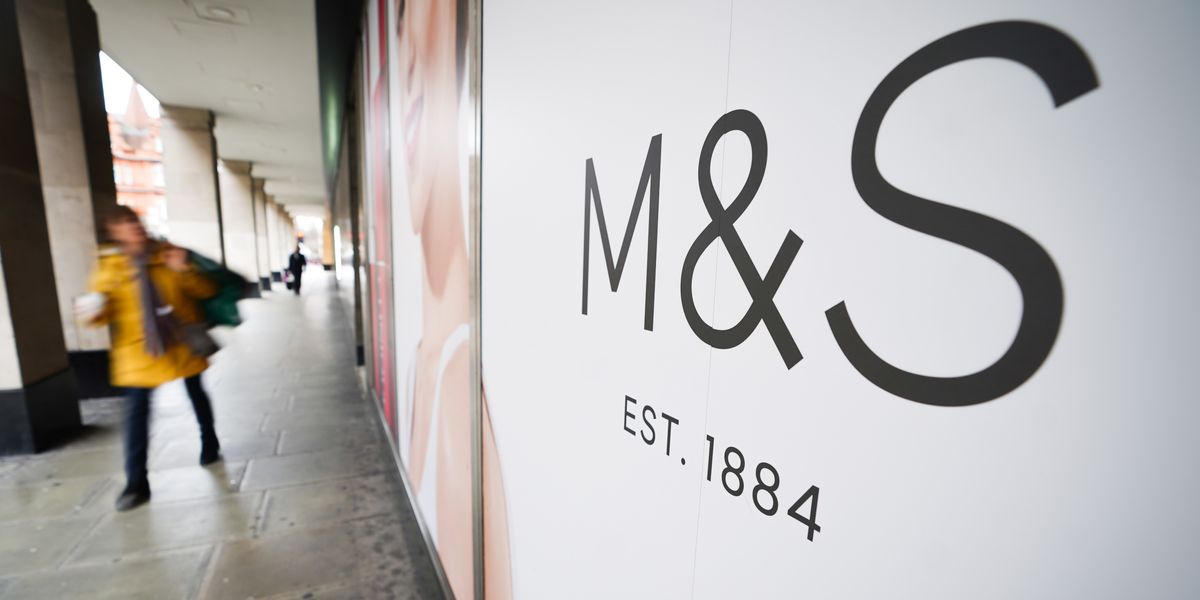Marks & Spencer’s Bold Move: Self Checkouts in Clothing Stores
In a significant shift towards modernization, Marks & Spencer (M&S) is set to introduce self checkouts in its 180 clothing shops across the UK. This initiative comes amid rising concerns about shoplifting and aims to enhance customer convenience by reducing wait times. The retailer plans to have these self-service tills operational in over 100 branches by the start of 2028, marking a pivotal change in the shopping experience for its customers.
A Vision for Seamless Shopping
Sacha Berendji, M&S’s operations director, articulated the brand’s vision for a more efficient shopping experience. He stated, "We’d like customers to be able to walk straight into the fitting room with no queue, try on what they’ve chosen, then pay there and just walk out." This innovative approach aims to streamline the shopping process, allowing customers to enjoy a more personalized and hassle-free experience.
To facilitate this, M&S is planning to install one self checkout per changing room area, with the potential for more based on customer demand. This strategy not only caters to the growing preference for self-service options but also addresses the common frustration of long queues that shoppers often face.
Addressing Concerns of Shoplifting
Despite the enthusiasm surrounding the rollout of self checkouts, the initiative is not without its challenges. M&S’s chairman, Archie Norman, has raised alarms about the increasing trend of theft, particularly among middle-class customers. He has pointed to faulty self checkouts as a contributing factor to this issue. In response, Berendji reassured customers that M&S would have staff "hosting" changing rooms to ensure that all purchases are accounted for before customers exit the store.
Berendji acknowledged the seriousness of shoplifting, stating, "Shoplifting is a major problem in this country, but there are things that we’re all doing to make sure we can mitigate some of those losses." This dual approach of embracing self-service while maintaining a level of oversight reflects M&S’s commitment to balancing innovation with security.
A Broader Transformation Strategy
The introduction of self checkouts is part of a larger overhaul within the M&S empire. Over the past 18 months, the retailer has opened 31 new stores and invested tens of millions of pounds in refurbishing 45 existing locations, particularly in London and the South West. An additional £32 million is earmarked for branches in the Midlands, indicating M&S’s dedication to enhancing its physical presence and customer experience.
As part of this refurbishment, M&S is also upgrading its food halls with larger self-service conveyor belt checkouts. These new checkouts, which resemble traditional staff-operated models but incorporate self-scanning technology, are designed to accommodate larger grocery purchases, further enhancing the shopping experience.
Industry Trends and Competitor Responses
M&S’s move towards self checkouts comes at a time when other retailers are reevaluating their checkout strategies. For instance, Morrisons recently announced plans to remove some self checkouts from its branches, admitting that it had "gone a bit too far" with the implementation of these systems. Similarly, Sainsbury’s has been trialing larger self-service checkouts as part of an efficiency drive, highlighting the ongoing evolution of retail checkout systems.
While some retailers are scaling back on self-service options, Berendji emphasized M&S’s commitment to offering customers a choice. "Where some companies may be scaling back, maybe they feel they need to offer more choice to customers. But we’ve never gone down a full self-checkout route apart from in some railway stations," he noted.
Conclusion
Marks & Spencer’s decision to roll out self checkouts in its clothing stores represents a significant step towards modernizing the retail experience. By prioritizing customer convenience while addressing the challenges of shoplifting, M&S is positioning itself as a forward-thinking retailer in a rapidly evolving market. As the company continues to invest in its stores and adapt to changing consumer preferences, it remains to be seen how these changes will impact both customer satisfaction and the broader retail landscape.
